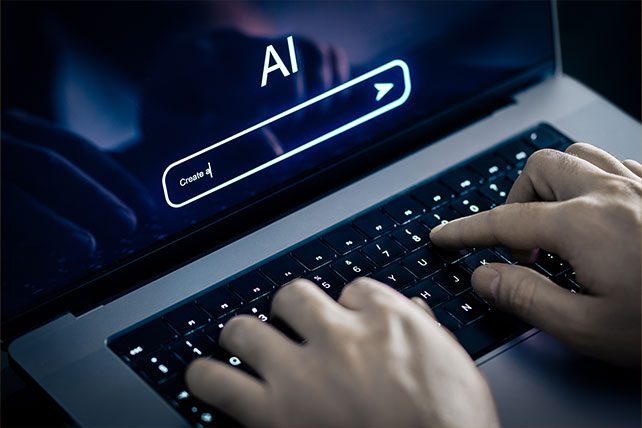Another risk lies in authenticity. AI cannot truly understand the human condition, nor can it sense the moving of the Spirit. It operates on data and patterns, not relationship. While the words it produces may sound beautiful, they lack the sincerity that comes from a soul crying out to God. Using them without reflection risks turning prayer into performance.
There is also a theological concern. Prayer is an act of communion between Creator and creation. To outsource this to technology raises questions about the role of human agency in worship. At what point does convenience cross into negligence of a discipline meant to shape our hearts through effort and perseverance?
Historical Parallels
Christians have always used resources to guide prayer. From the Psalms to the Book of Common Prayer, from Augustine’s confessions to contemporary devotionals, written prayers have had an honored place in Christian history. The difference is that these prayers were written by people of faith, shaped by their walk with God, and intended to shepherd others into deeper communion. AI-generated prayers lack that personal and spiritual grounding. They are not the fruit of a heart shaped by suffering, joy, or divine encounter but the output of code.
This does not mean that AI prayer has no place, but it does mean that Christians should approach it differently than they would traditional prayer resources. AI can provide ideas or frameworks, but believers must take responsibility to adapt, reflect, and make the words their own.
RELATED: Facebook Rolls Out a Prayer Tool
A Balanced Approach
So, should Christians use AI prayer? The answer likely lies in balance. Used wisely, AI-generated prayers can be a tool for inspiration, much like reading a devotional or quoting a hymn. They can help a believer overcome the fear of “not knowing what to say” and provide language in moments of crisis. But they must never replace the discipline of forming one’s own words before God. Christians should see them as scaffolding, not as the finished building.
The safeguard is intentionality. If an AI-generated prayer leads you into deeper conversation with God, prompts you to reflect on Scripture, or gives you courage to pray aloud, it has served its purpose well. If it becomes a crutch that prevents authentic, personal prayer, it has missed the mark.
Reflecting on the Role of AI Prayer
Technology always forces the church to wrestle with new questions, and AI is no exception. The challenge is to hold fast to the essence of prayer—authentic relationship with God—while being open to tools that might encourage it. Christians must discern carefully, testing every resource against Scripture and the leading of the Spirit. Ultimately, AI prayer can never substitute for the presence of a heart turned toward God. It may help shape words, but only believers themselves can shape their posture of trust, faith, and love before their Creator.

